Editor’s note: In April 2017, twelve Fulbrighters engaged in a week-long service learning project in Williamson, West Virginia, an Appalachian community with valuable lessons to share about sustainability, perseverance and revitalization. This is one in a series of blog posts from the Fulbrighters who visited Williamson. This post by Fulbright Foreign Student from Colombia, Jorge Caraballo, who accompanied the group as a photojournalist, captures the Fulbrighters’ experiences in Williamson, as well as their engagement with local American community leaders. Visit the Fulbright Amizade 2017 Storify for more details on their journey.
Last year I had to interrupt my first visit to Williamson because of a family emergency. I remember flying over the Appalachians on my way back to Boston feeling a soft window-seat nostalgia: This small city in southern West Virginia reminded me a lot of Colombia, my home country. I also grew up surrounded by mountains and immersed in a culture with a strong sense of belonging. Three days were enough for me to create a strong connection with Williamson and its people.
Thanks to Fulbright I was lucky enough to return to Williamson this year and have a full experience. I felt privileged to see the effort and changes of a community that is adapting their culture and economy to a reality where coal can’t be the only resource on which they rely.
Williamson is fascinating because it portrays a cultural identity in transformation, with all the difficulties, contradictions, tensions and excitement of that process. As a journalist and photographer, I tried to capture that change in images.
At the peak of its coal production, Williamson had a population of 10,000, but after the big mines closed, the population decreased to less than 3,000. Even if you walk on Williamson’s Main Street during a weekday, you will hear the echo of your steps as if you were exploring a lonely movie set. However, I didn’t let that impression misguide me: I knew people who were dedicating their lives to improving this community.
In the past couple of years, 26 coal mine companies have gone bankrupt and almost 300 mines have closed. The Washington Post reported that more than 50,000 jobs had been lost in the industry between 2008 and 2012.
A report published by the U.S. Energy Information Administration last November presented recent data indicating that just in the period between 2014 and2015, more than 6,000 coal miners lost their jobs in the United States, a dramatic reduction of 12 percent in the coal mining labor force. West Virginia, the second largest coal-producing state–after Wyoming–, lost 2,840 jobs.
Thousands of families and many communities who relied solely on coal are now feeling the effects of this downturn and are facing significant challenges such as unemployment, chronic diseases, opioid addiction, and a stagnant economy.
An artificial mountain is being made with the excess soil and rock extracted from a nearby coal mine. It looks unrealistic to grow something there, but a group of former miners decided to take a chance and are trying to recover this type of land in a process called mine reclamation.
Joe was an underground miner before becoming a farmer. He used to go deep down in the mines looking for coal. “The salaries were good, but the risks were high. I almost died once when an underground mine flooded while I was inside.” Now, after many years in the coal industry, Joe works in a mine reclamation program; he’s trying to recover eroded lands and make them farmable again in an effort to diversify the economy. Seeing what he and his team –all former miners– are doing was one of the most inspiring moments of my Fulbright Amizade trip to Appalachia.
Sustainable Williamson is a city-wide initiative in which federally funded researchers are planning the shift from coal mining to an agriculture-based economy. One of its goals is to make use of the flat mountain-top areas that mines left and increase the food production of the city, which is formally located in a food desert. Goats, hens, pigs and horses are collaborating with that mission.
Williamson from above. The Tug Fork River –famous for its floodings– divides Kentucky (left) and West Virginia (right.)
Allison and Nate Siggers married one year ago. They live in Williamson: She is a middle school teacher and he’s the community engagement coordinator for Sustainable Williamson. Even though they both have important roles in the community, they’ve suffered some discrimination because of their marriage. Racism and prejudice can make it difficult to work on projects that need the participation of all members of the Williamson community, but to overcome this Nate created a popular TV show called “Relate with Nate” where he promotes diversity and discusses the positive transformations that have occurred in Williamson thanks to a committed group of people who decided to stay and work for the community.
We had the chance to go to a political debate while we were in Williamson. Around 50 members of the community met to hear from the candidates for mayor and city council. I was astonished by the distance between the candidates and the people they were looking forward to representing. Somehow, it illustrates the challenge of political disengagement. Three years ago, in a campaign stained by cases of corruption, less than 90 people went to the polls to vote for the mayor. In other words, less than 0.5% of the population decided the political future of the city.
On June 13th, 2017, Williamson voted again. This time 250 voters showed up.
Brad Davis, 20, hadn’t had a stable job after high school, and he was, in his words, smoking “too much weed.” One of his relatives told him that if he quit marijuana, he would help Brad get a job in the mines. And he did. Three months ago, Brad started working on a coal mine spreading grass seeds to recover the land that had already been mined. He likes the job, even though they pay him no more than $12 or $13 per hour. He expects to get a position as a truck driver and after that to get his “red hat” a symbol of an apprentice miner. Only after working as a red hat miner for 180 days, will he get his “black hat”: An experienced miner that works underground and on some occasions can make more than $50 per hour.
He says that he feels lucky. Many of his friends quit using marijuana, but not to get a job: A lot of them are now using opioids and are part of the U.S. opioid crisis. According to an investigation that won this year’s Pulitzer Prize for investigative reporting, Mingo County, where Williamson is located, has the fourth-highest prescription opioid death rate of any county in the United States.
Sunset on Williamson’s main street.
Paul and Arlene Starr have lived in Williamson for decades. They almost lost their home in the famous 1977 flood, when the Tug Fork River covered the business district in downtown Williamson. In the 1980s, another flood hit the town and many people left, depressing the economy in a way that many call the tipping point for Williamson’s downturn. In spite of the floods and the economic crisis, the Starrs decided to stay and created a beekeeping business. Now they’re famous in the region for the honey they produce.
A slide at Williamson’s elementary school. In the background a flood wall to keep the Tug Fork River away from the city.
This year, I left Williamson with the same nostalgia as the first time I visited. As with cities in Colombia, this city is facing many problems at the same time (a bad economy, massive opioid addiction, high unemployment rates, political disengagement, etc.) However, I was amazed to see how kind people were to us, how open they were to share their stories, to invite us to eat, to proudly show us their favorite places in the city and the work they’re doing to make it better. I was nostalgic, but also very inspired to see how people can build upon hope. This last picture represents that to me: The soil seems to be eroded, but thanks to the work of committed citizens something is starting to grow again.

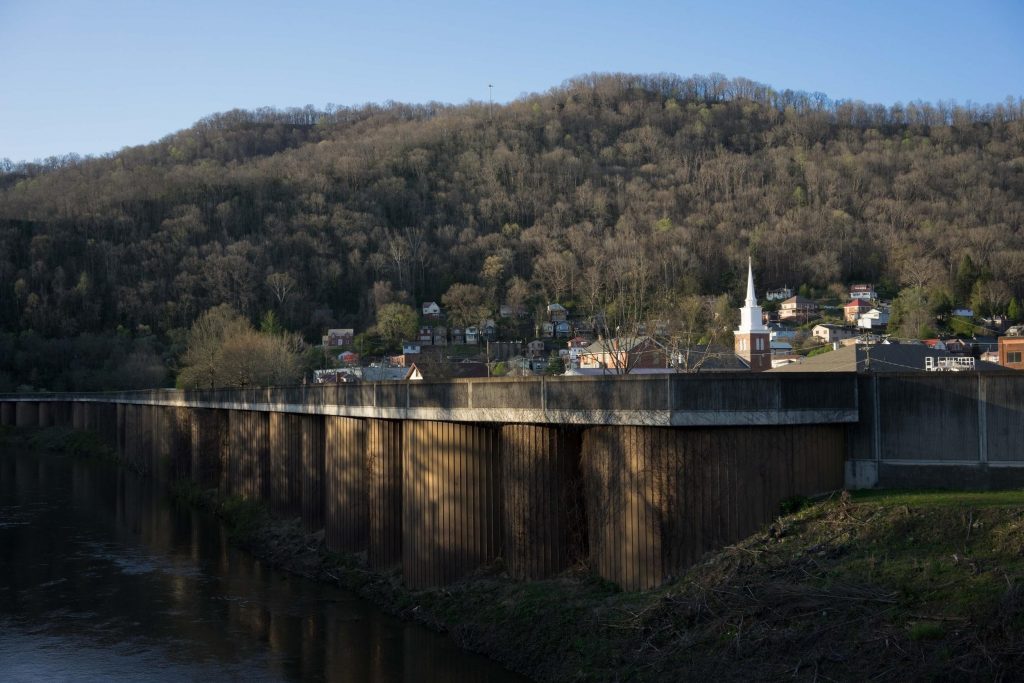
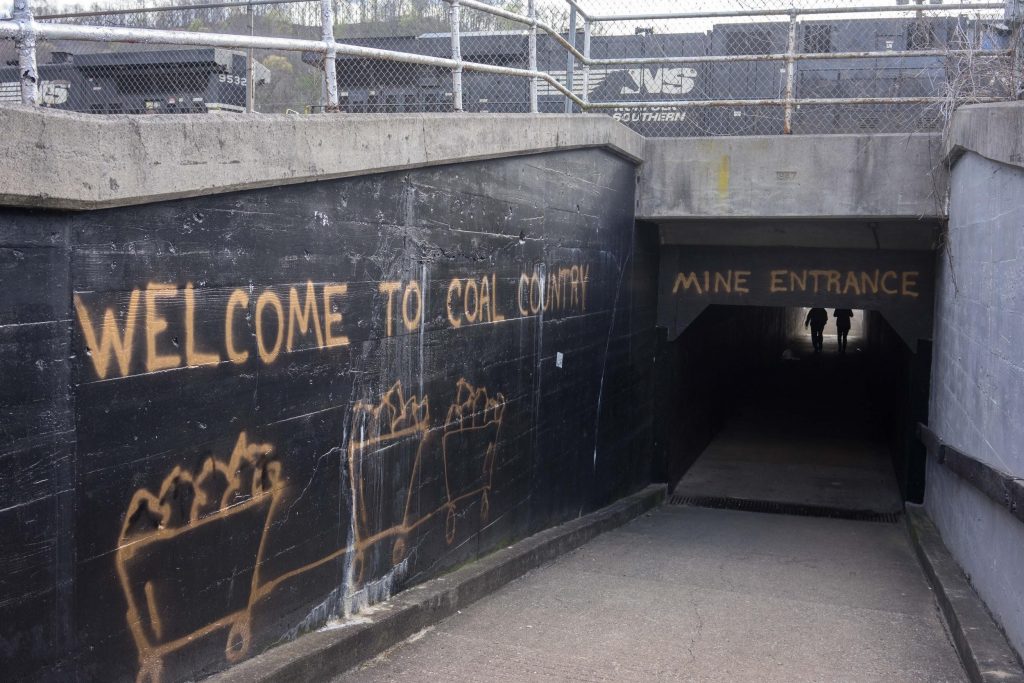
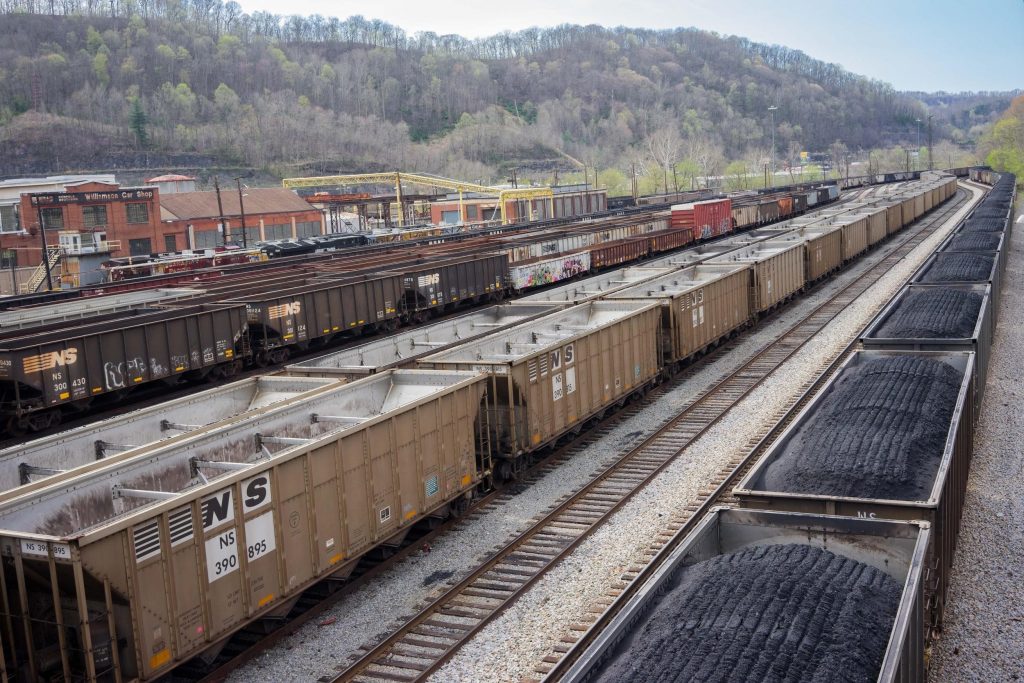
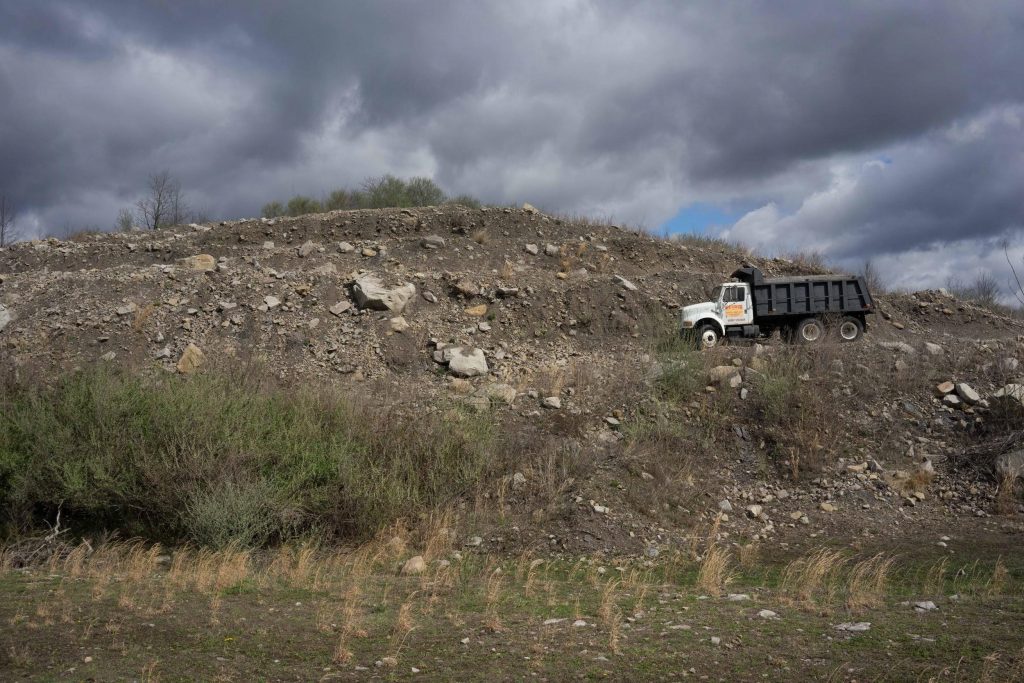
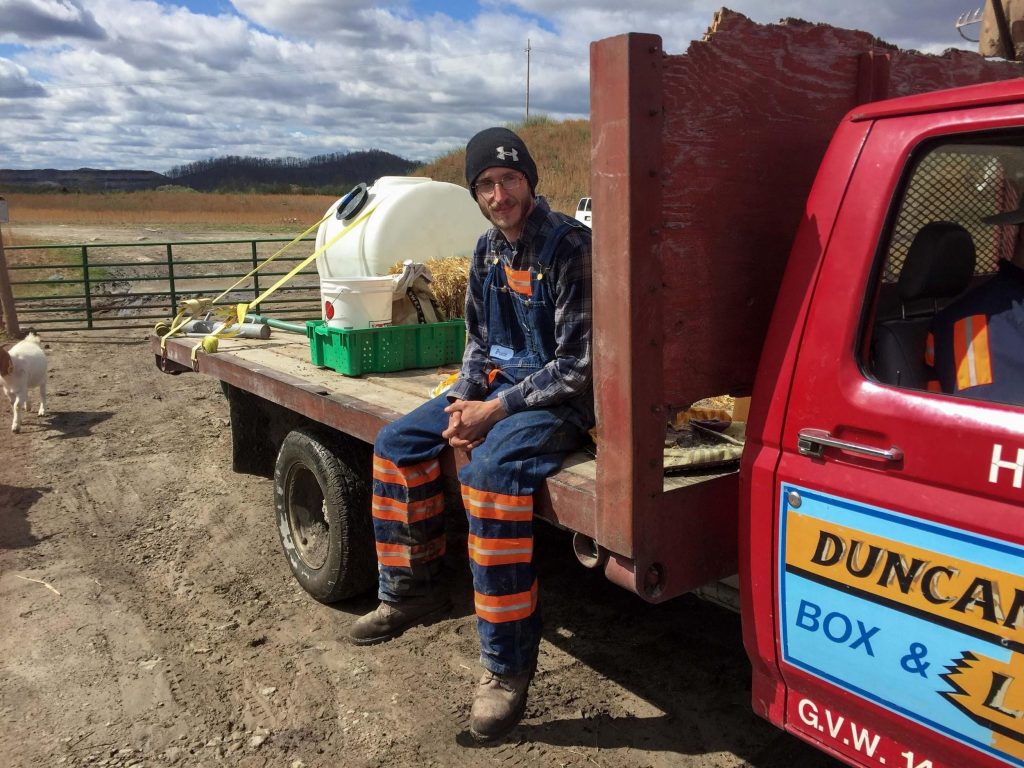
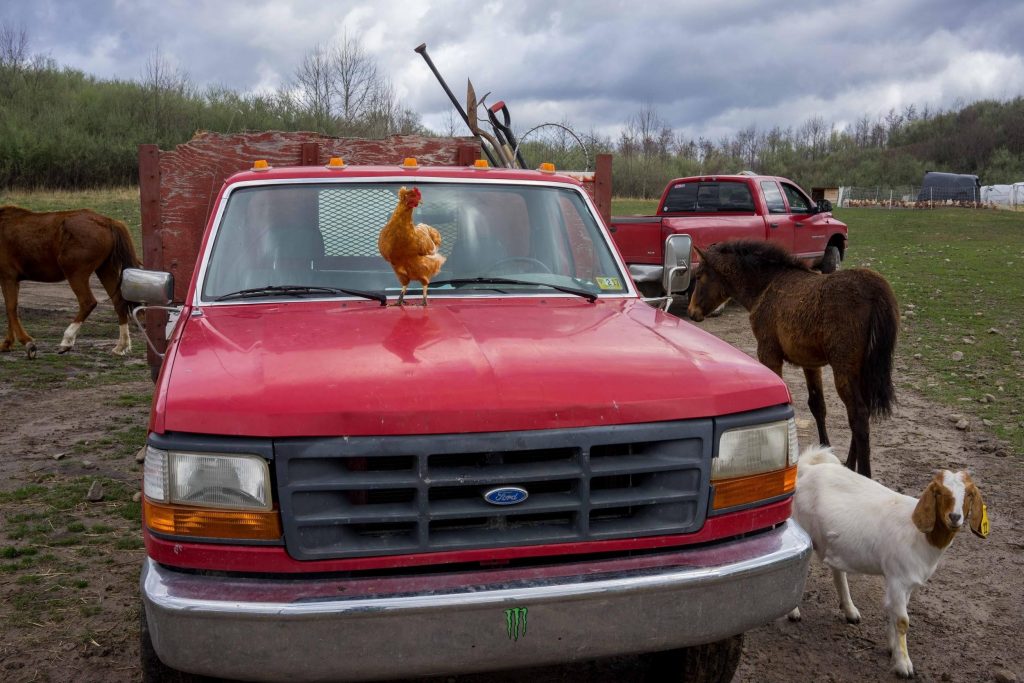

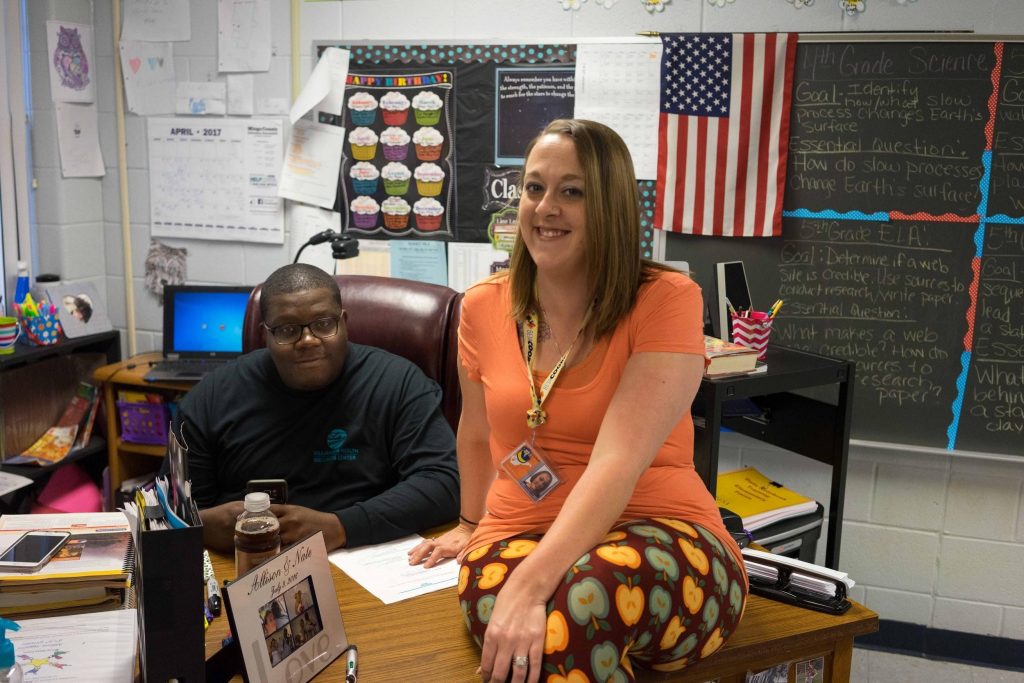
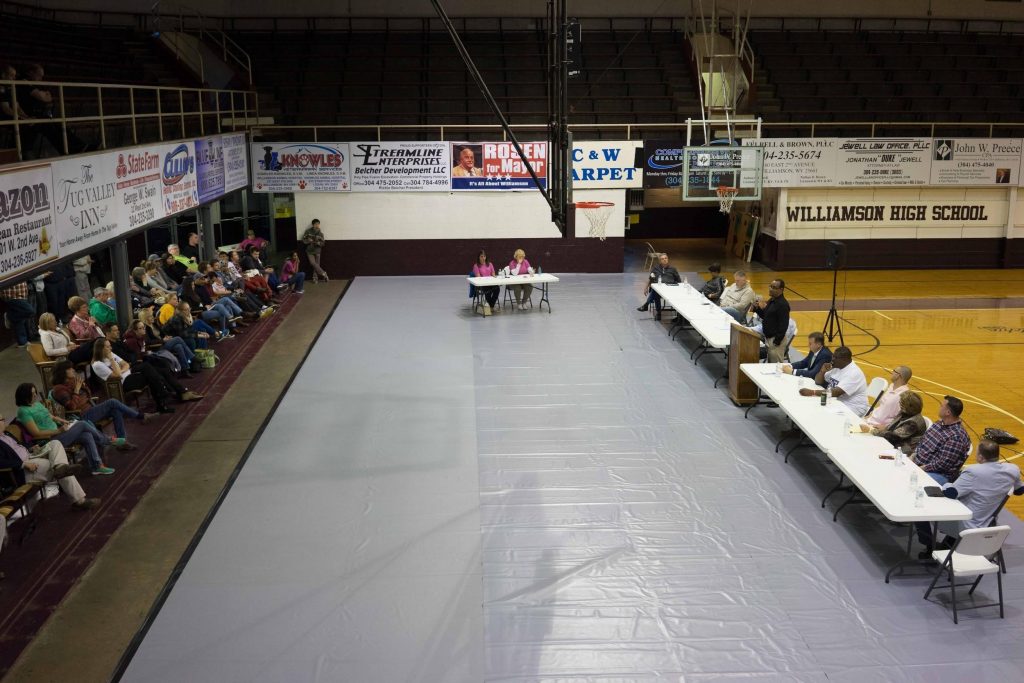
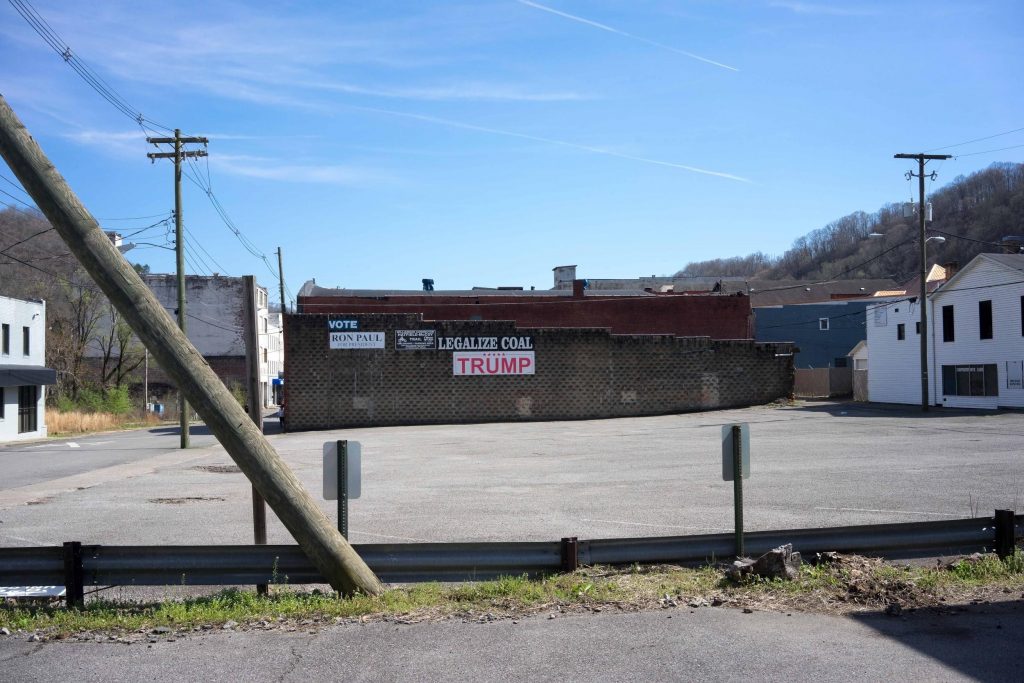

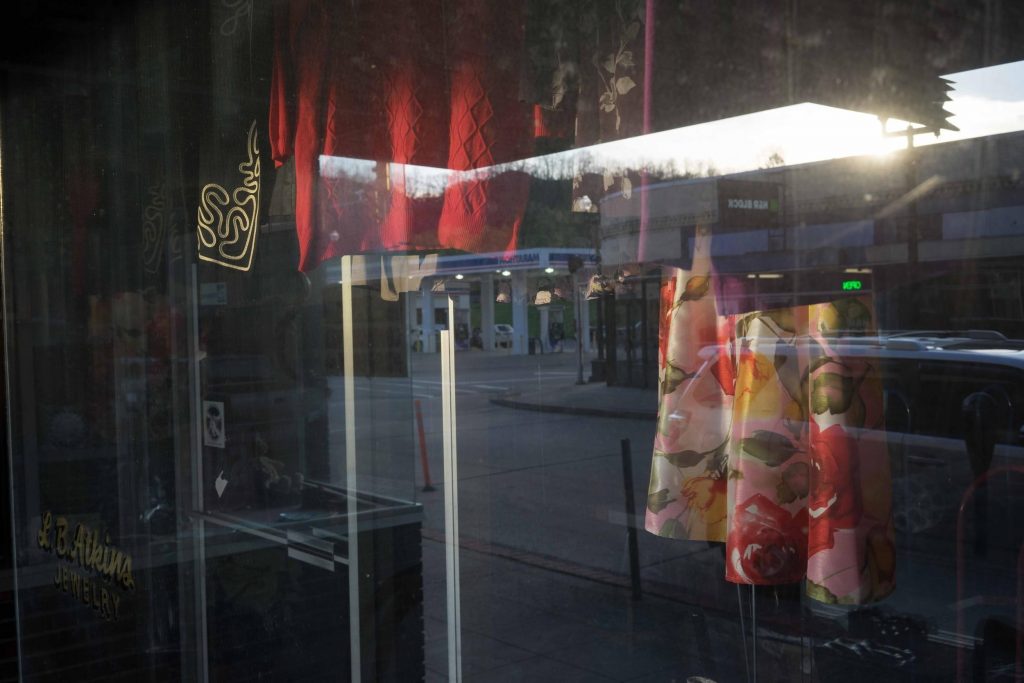
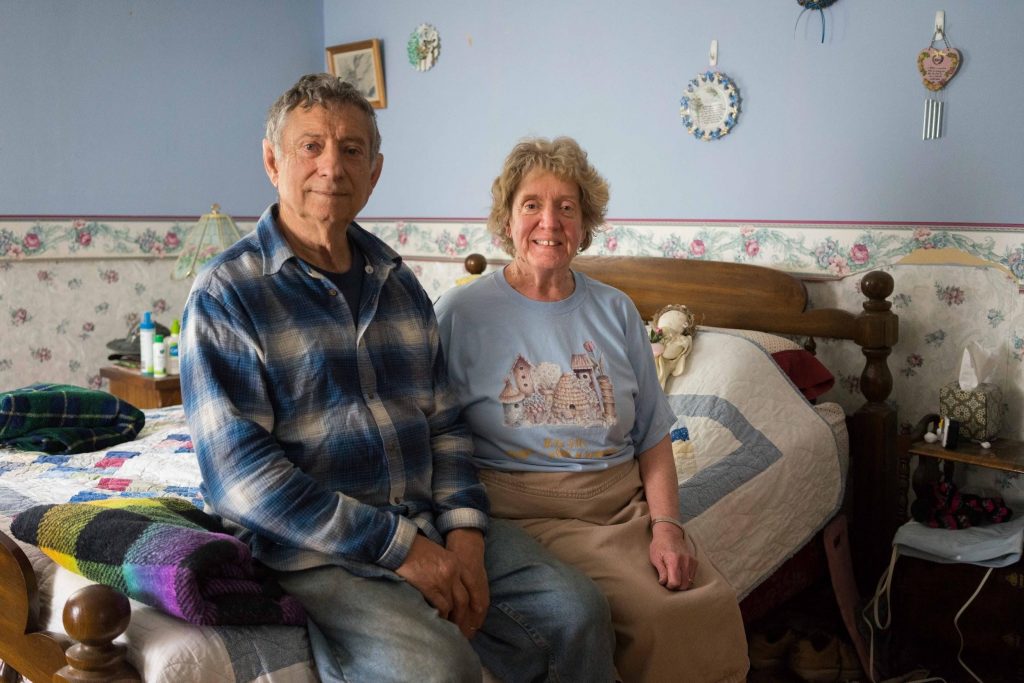

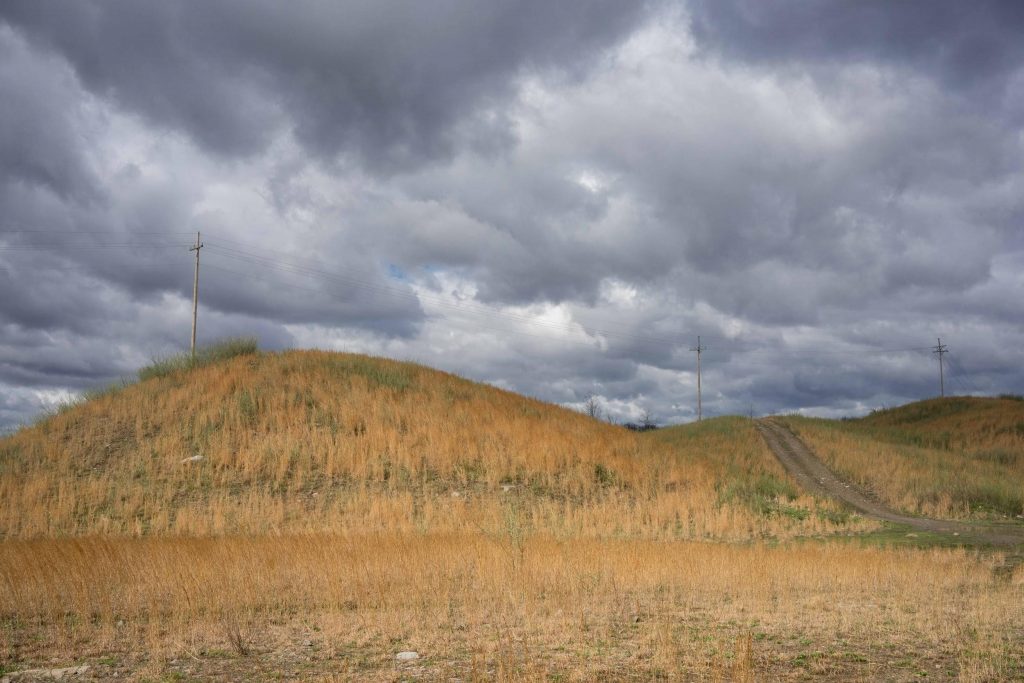
1 Comment
This is America. A country full of challenges.